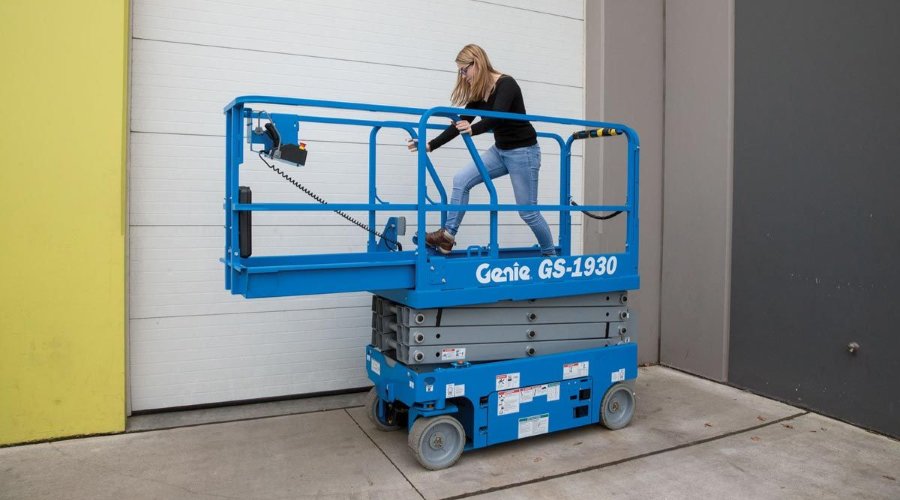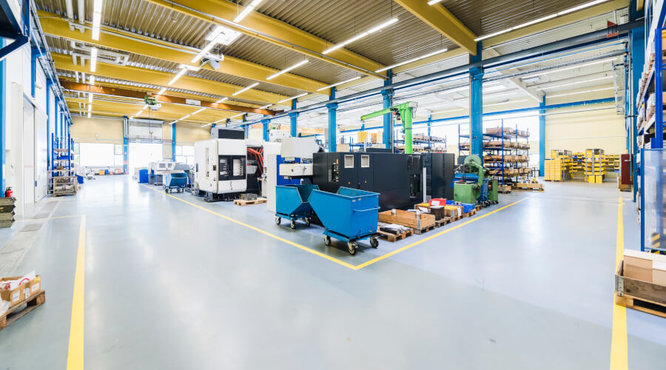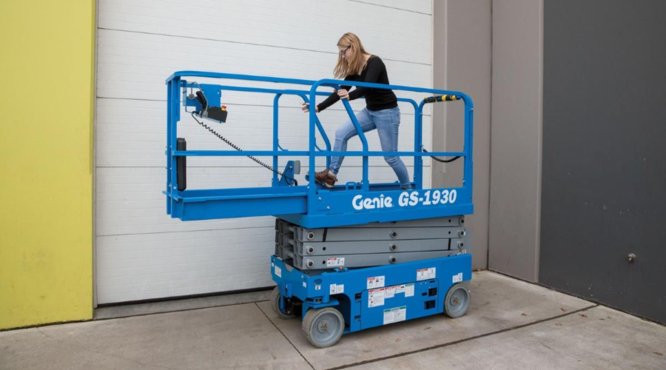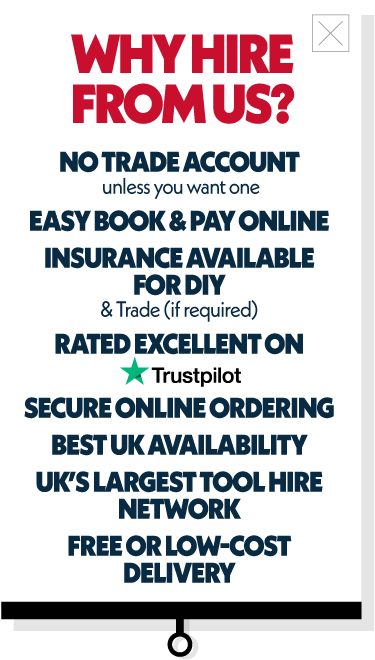What is Powered Access?
Powered access platforms provide access to heights and areas that are difficult to reach, using an engine or motor to drive their lifting mechanism. It is one of the safest and most efficient ways to work at heights, and it includes fuel and electricity driven scissor lifts, boom lifts, and vertical masts. Powered access is preferred for long-duration and complicated tasks where ladders would be dangerous, and it allows operatives to raise and lower themselves with tools and materials quicker, easier, and more safely than using a scaffold tower.
Powered access is extremely versatile. It is suitable for all different work areas, including indoor and outdoor zones. You can use it to reach modest heights for domestic tasks like cleaning gutters and hanging Christmas lights, as well as for commercial jobs like cleaning, decorating, installation, and repair. You can also use it to reach extreme heights and for various industry uses, like filmmaking.
Scissor Lifts
Scissor lifts are commonly used for their stability and versatility. They use a pantograph structure, with each support section of the extending arm linked in a criss-cross pattern. The crossed supports allow you to extend and retract the frame steadily and evenly.
Electric slab scissor lifts are ideal for indoor use. They are more lightweight than their diesel counterparts, making them easier for operators to handle in more confined spaces. Electric scissor lifts are battery-powered, so you need to recharge them, but you do not need to fill them with fuel, and they do not produce any emissions. They run quietly, so you can operate them in busy and sensitive areas without causing much disruption.
Diesel scissor lifts are for external use, and they tend to be heavy and often wind rated for safe outdoor work. As the fumes produced by the engine can be harmful, they are not suitable for use indoors or in enclosed spaces. The diesel engine provides more power, so these scissor lifts are better equipped for travelling across roads and uneven surfaces than electric models.
Boom Lifts
Boom lifts, cherry pickers, or aerial work platforms, are used when a job requires both height and outreach. Instead of up and down access like scissor lifts, booms have extendable telescopic or articulating arms
that you can move in different directions, allowing workers to access tight spaces and areas that are not directly overhead. These lifts are widely used in construction, film production, and maintenance of utility lines.
Spider Lifts
Spider lifts, or tracked aerial lifts, are for tasks in challenging areas and uneven terrains. These lifts are equipped with spider-like legs or tracks that provide stability on slopes, rough ground, and delicate surfaces.
Spider lifts are used for arboriculture, facility maintenance, and construction, where traditional access equipment may struggle.
Vertical Mast Lifts
Vertical mast lifts, often referred to as personnel lifts, are compact access machines that excel in confined spaces. They provide straightforward vertical movement, making them suitable for tasks that require elevation without extensive outreach. Vertical masts are commonly used for tasks like maintenance, stock picking, and installations in tight areas.
About Hire
Individuals and businesses can hire powered access equipment when required. Anyone over 18 years old can complete a hire, but you do need a licence to operate the machine. You can drive a MEWP weighing under 3.5 tons with a standard vehicle driving licence, but larger or more specialist equipment will require additional training. You should also consider:
- Access requirements: Select the right equipment for the job. Equipment varies by height, reach, power source (diesel, electric), and terrain adaptability (rough terrain scissor lifts).
- Insurance: Ensure that you have the necessary insurance coverage for equipment rental and potential damages or accidents.
- Safety: Always adhere to safety regulations and guidelines, including using safety gear such as harnesses when required.
- Hire Agreements: Make sure to read and understand the rental agreement, including any terms and conditions, responsibilities for damages, maintenance during the rental period, and any other obligations.
- Site Assessment: Ensure that the site can accommodate the machine. For instance, some lifts may not be suitable for uneven terrains, or there may be overhead obstructions that can pose risks.
- Delivery and Pickup: Hire companies will provide delivery and pickup services for the equipment, so consider the logistics.






